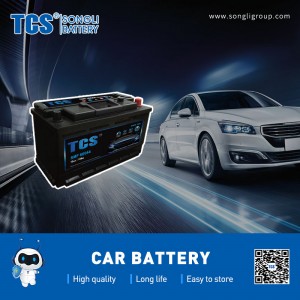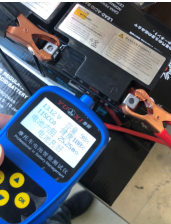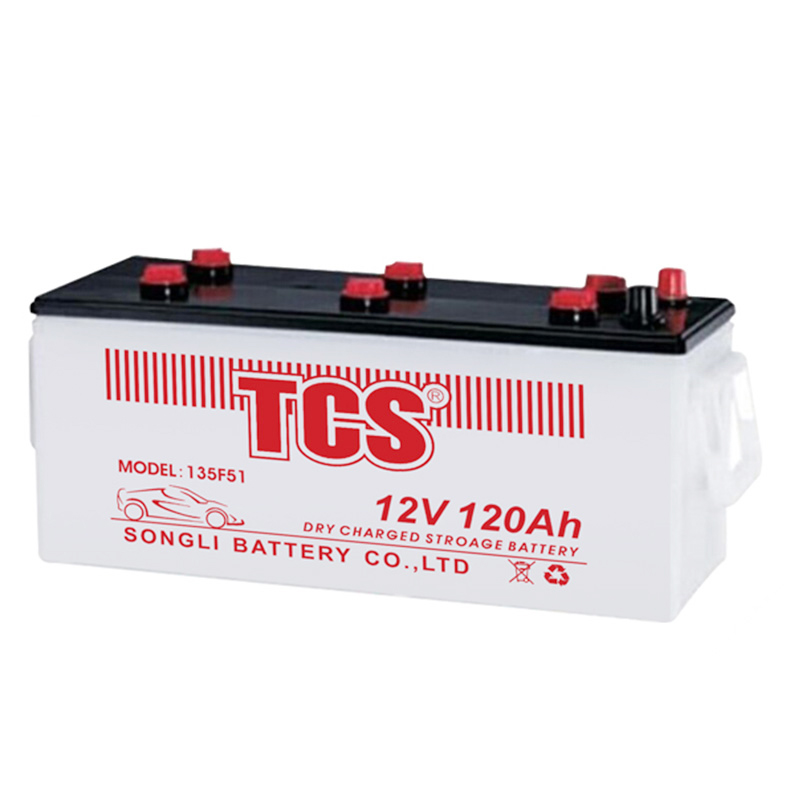Why Is the Voltage of Car Batteries Generally 12.7V-12.8V?
Car batteries and conventional batteries: PE separators are generally used, and a flooded design is required. The acid concentration used is 1.28, and the voltage of the new battery is between 12.6-12.8V. Energy storage battery, electric vehicle battery, motorcycle battery (second generation + third generation + fourth generation): generally use AGM glass fiber tight assembly design, need to use lean liquid design, in the case of limited electrolyte, in order to ensure product performance, Generally, the acid concentration of 1.32 is used, and the new battery voltage is between 12.9-13.1V. Voltage = (acid concentration + 0.85) * 6

What Is CCA?
CCA:
The so-called cold cranking current CCA value (Cold Cranking Ampere) refers to: under a specified low temperature state (usually specified at 0°F or -17.8°C), the TCS car battery voltage drops to the limit feed voltage for 30 seconds. The amount of current released. For example: There is a 12 volt battery case marked with a CCA value of 600, which means that at 0°F, before the voltage drops to 7.2 volts, it can provide 600 amps (Ampere) for 30 seconds.

Actual detection:
CCA The detection is performed by placing the conventional battery in an environment of -18 degrees for 24 hours, and then discharging the battery instantaneously with a large current. Through the above detection methods, the nearest CCA value is finally taken. Due to the use of the car in the low temperature environment will be much larger than motorcycles, so CCA is a key indicator for measuring car batteries. There are a lot of CCA test tables appearing in the marketing department. The disadvantage of conductive testers is that they all use standard algorithms (programs) to estimate CCA readings from measured battery internal resistance readings. The values given by these meters cannot be compared to the values determined using laboratory test equipment where the conventional battery is physically discharged at -18°C under a truly high discharge load. Due to the difference in battery design, there will be a certain difference between the actual CCA test and the value of the CCA test meter, and the meter value can only be used as a reference. Instruments on the market range from 50 yuan to 10,000 yuan, and the measured data are also different, so the reference value of degrees between different instruments is limited.
Factors affecting CCA include:
Number of plates: the more the number of plates, the larger the CCA, YTZ5S sold by YUASA Cambodia is 4+5- Separator thickness: the thinner the separator, the larger the CCA, but the greater the probability of short circuit Grid structure : Radiation grid has better electrical conductivity than parallel grid, which is helpful for large current transmission. Sulfuric acid solubility: The greater the acid concentration, the greater the resistance, the greater the capacity, the higher the initial voltage, but the corrosive to the plate Affects the welding process with the life of the whole conventional battery: the internal resistance of through-wall welding is smaller than that of bridge-crossing welding, and the CCA is larger.
Post time: May-20-2022
